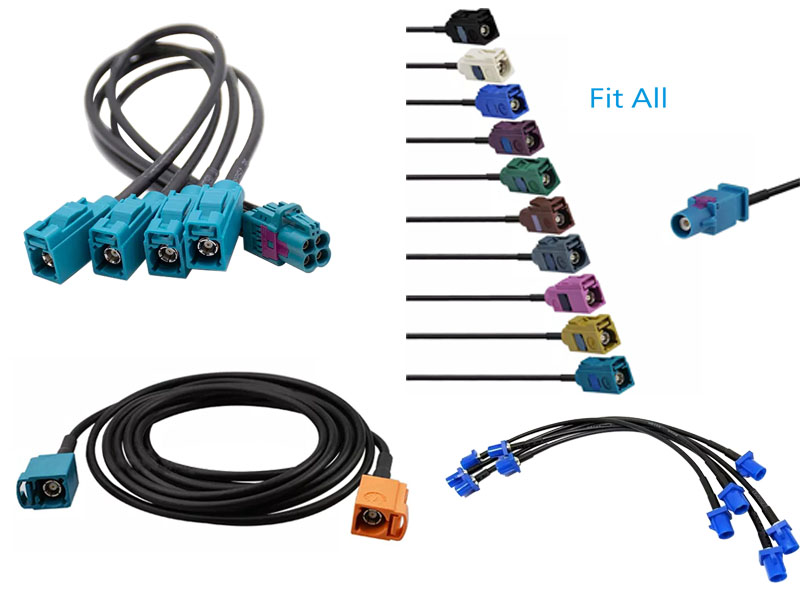-
We’re On Call 24/7 : +8613538296050
-
E-mail : anna@rohoconnector.com
We’re On Call 24/7 : +8613538296050
E-mail : anna@rohoconnector.com
Many people mentioned the requirements for components (including electrical performance, flexibility, and use environment). The generalization is too idealistic. Because many requirements are actually contradictory to each other, it seems that the fish and the bear's paw can't have the same: for example, if you want the cable assembly to have a small difference and you want the cable bending radius to be small, the two have contradictions due to the cable. The difference is inversely proportional to the outer diameter of the cable. The paper discusses the bending characteristics of coaxial cables.
For the test cable assemblies commonly found in laboratories, the bending characteristics are important for ensuring the accuracy of the test. The bending of the cable causes the variation of the standing wave ratio, loss and phase.
Each coaxial cable has a minimum bend radius requirement, and the minimum bend radius is divided into static and dynamic. For example, the US military standard RG223 / U cable, which allows a minimum static bending radius of 30mm, the minimum dynamic bending radius is 54 mm. In practical test applications, it is recommended that the minimum bend radius of the cable be no less than 10 times its diameter.

In the test cable assembly, the process of the joint and cable connector location greatly affects the stability of the VSWR and insertion loss of the entire cable assembly. From this perspective, the anti-bending process at the joint and cable root is the basis for measuring and selecting an RF test cable assembly. The popular thermoplastic casing does not work well to prevent bending. A better method is to add armor (the specific armor type has been discussed in the previous article). The experiment found that the cable assembly selected for this measure, after long-term use, even if the connector is worn, the cable root is still intact.
In some microwave test applications, the connector cable assembly is specified to have a small amount of phase change when bent, that is, a white "stable phase cable". Generally, the phase stability of the microporous dielectric cable is significantly better than that of a solid medium. The flexibility of the cable, the multiple inner conductors is much improved, but the phase stability of the multi-strand inner conductor cable is slightly lower than that of the single inner conductor. In some cases, the phase stability during bending is an important indicator for measuring the performance of microwave cables. Generally, a microwave cable with an outer diameter of about 5 mm has a phase change of 2° to 5° when the bending diameter is 50 mm. between.